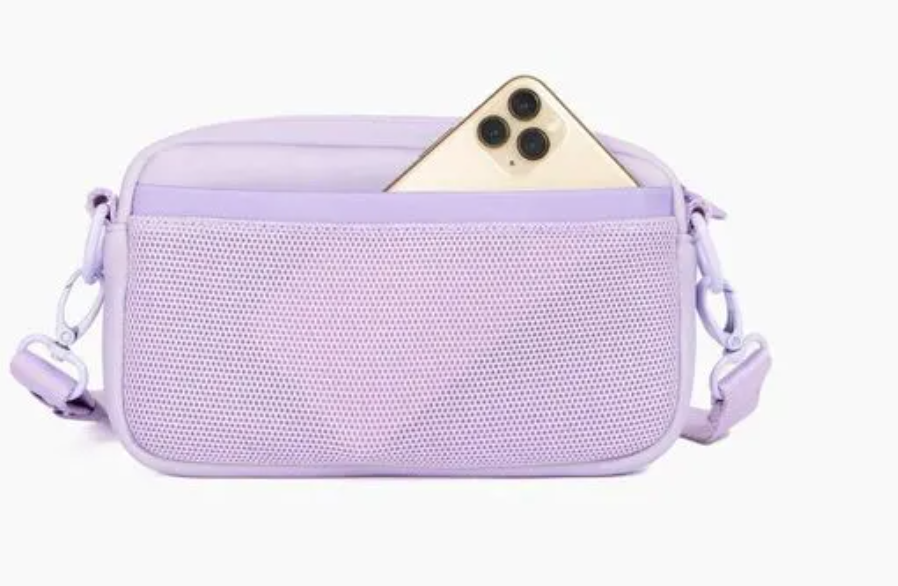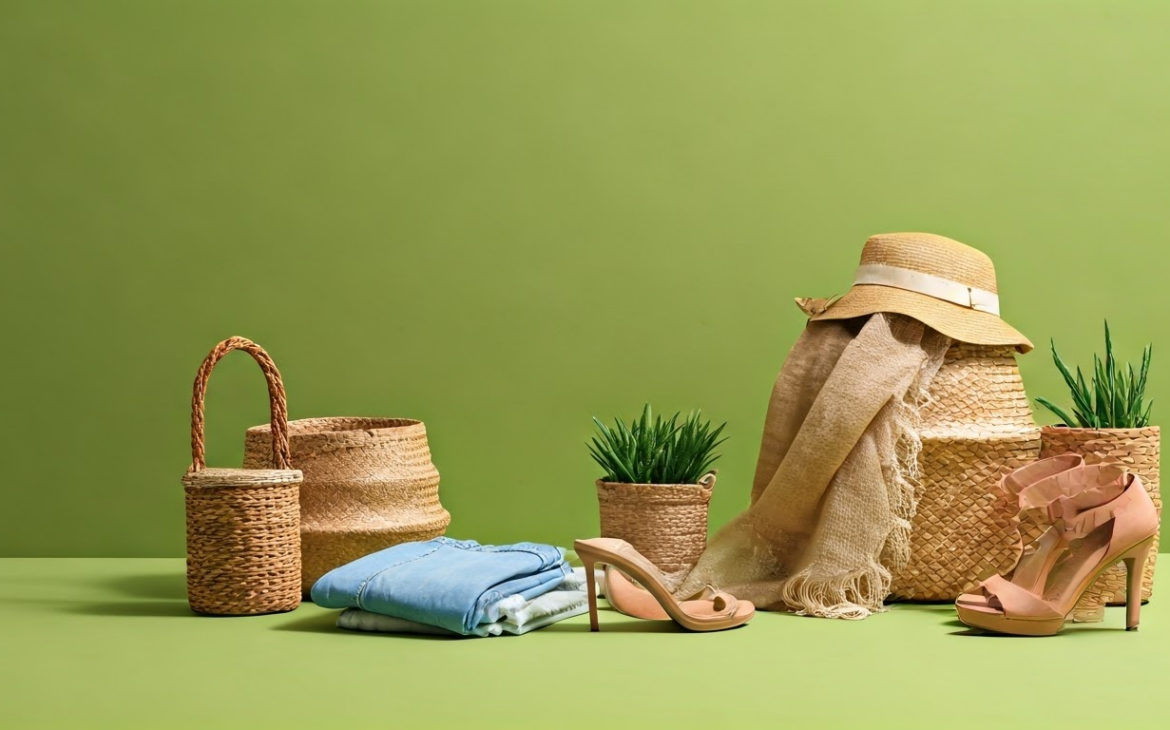The eCommerce industry has evolved due to technology and changing consumer behavior. Product photography is crucial in showcasing products effectively. High-quality images can enhance conversions and sales on various platforms like Amazon. This blog explores how ecommerce photography can boost your business, the equipment needed, styles to showcase products, tips for captivating images, and considerations for hiring professional photographers. If you have questions, feel free to reach out to our sales team for assistance.
The importance of ecommerce photography
Ecommerce photography signifies the first impression potential customers have of your products. It is a powerful visual tool that can make or break a sale within seconds. After all, the online shopping experience lacks the physical engagement found in brick-and-mortar stores. Hence, it’s vital that your product images capture the consumers’ attention and provide them an authentic, tangible feel of the product.
Overview of outcomes
Investing in high-quality ecommerce photography can yield significant outcomes in the form of increased sales and market presence. Impeccably photographed commerce product photography asserts brand authority, resonating trust and credibility to your audience. It enhances your online store’s aesthetics, creating a visually pleasing browsing experience that could effectively convert website visitors into customers. These compelling product images extend beyond your website to your social media handles, augmenting customer interaction, and broadening your reach. In an era of fierce competition, exceptional product photography can differentiate your brand, giving it the vital competitive edge.
Essential Equipment for Ecommerce Photography
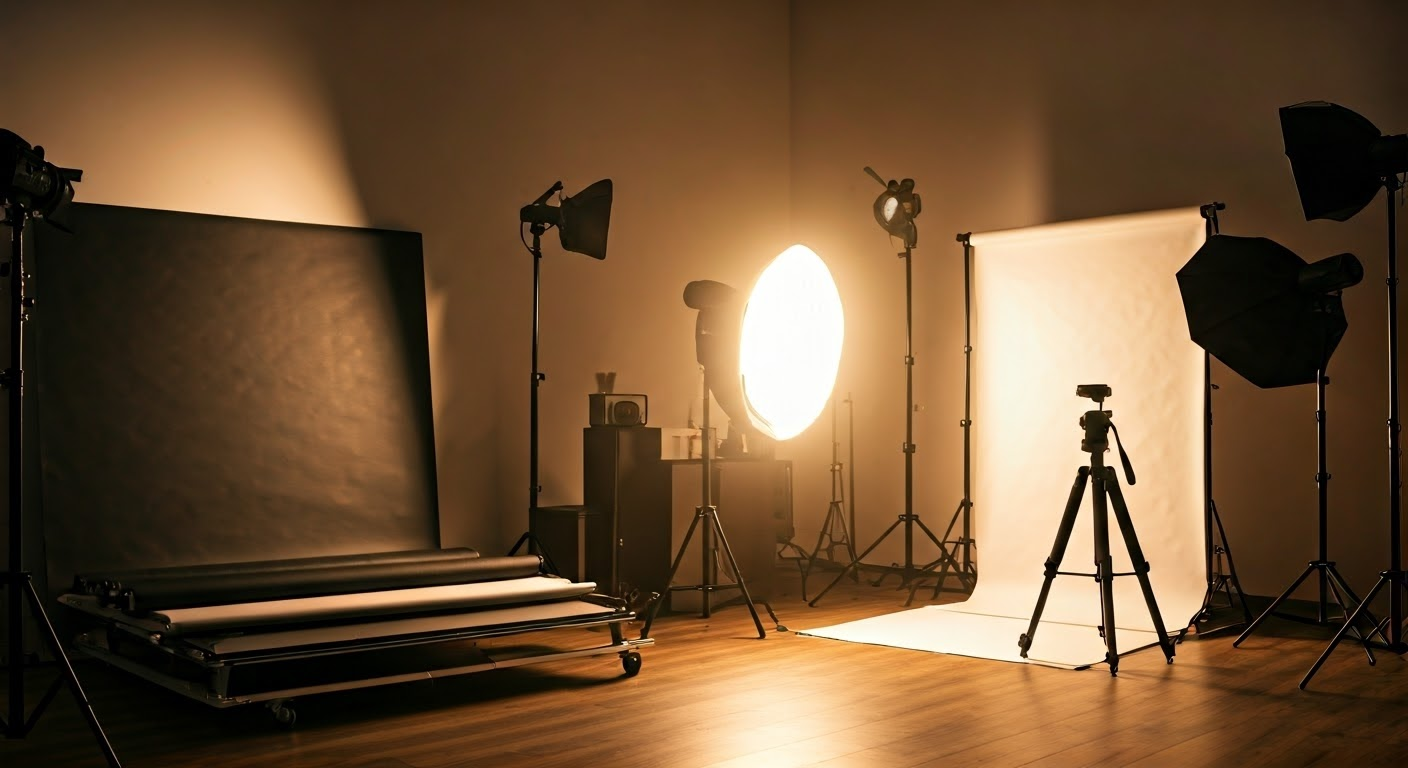
Even if you’ve mastered the theoretical knowledge of ecommerce photography, without the right equipment, executing the perfect shot is a daunting task. Let’s delve into the fundamental tools and equipment you’ll need to capture high-quality product photos, even on a tight budget.
Camera
A camera is crucial for photography, determining image quality. While high-end DSLRs are preferred by pros, smartphones with advanced features are now viable for basic needs. Consider product size, shooting environment, and budget when choosing a camera, especially when shooting larger products. DSLRs offer precise image control, excellent low-light performance, and speed. Mirrorless cameras are portable with interchangeable lenses and high-quality images. Smartphones with good optics and post-processing apps are cost-effective for beginners. Choose a camera wisely based on your needs and budget to make a worthwhile investment.
Tripod
Maintaining stability during a shoot is crucial to avoiding any blurriness or lack of sharpness in images – that’s exactly where a tripod steps in. It provides stability to the camera, ensuring clear, consistent shots even under slow shutter speeds. A tripod helps achieve uniform framing and composition across multiple shots, which is especially handy when photographing products from various angles. While there are several tripod options available, even an inexpensive one would suffice as long as it offers stability and adjustable height and angles to work with.
Lighting setup
Lighting is crucial in product photography, as it highlights attributes and minimizes imperfections. While natural light and artificial light are both options, natural light is cost-effective but lacks consistency. Professional photographers often invest in their lighting setup for better control. Options include Continuous Light for visualizing outcomes, Strobe Lights for precise bursts, LED lights for energy efficiency and flexibility, and Reflectors/Diffusers for shadow reduction. Choose based on product features, space, and budget.
Backdrops
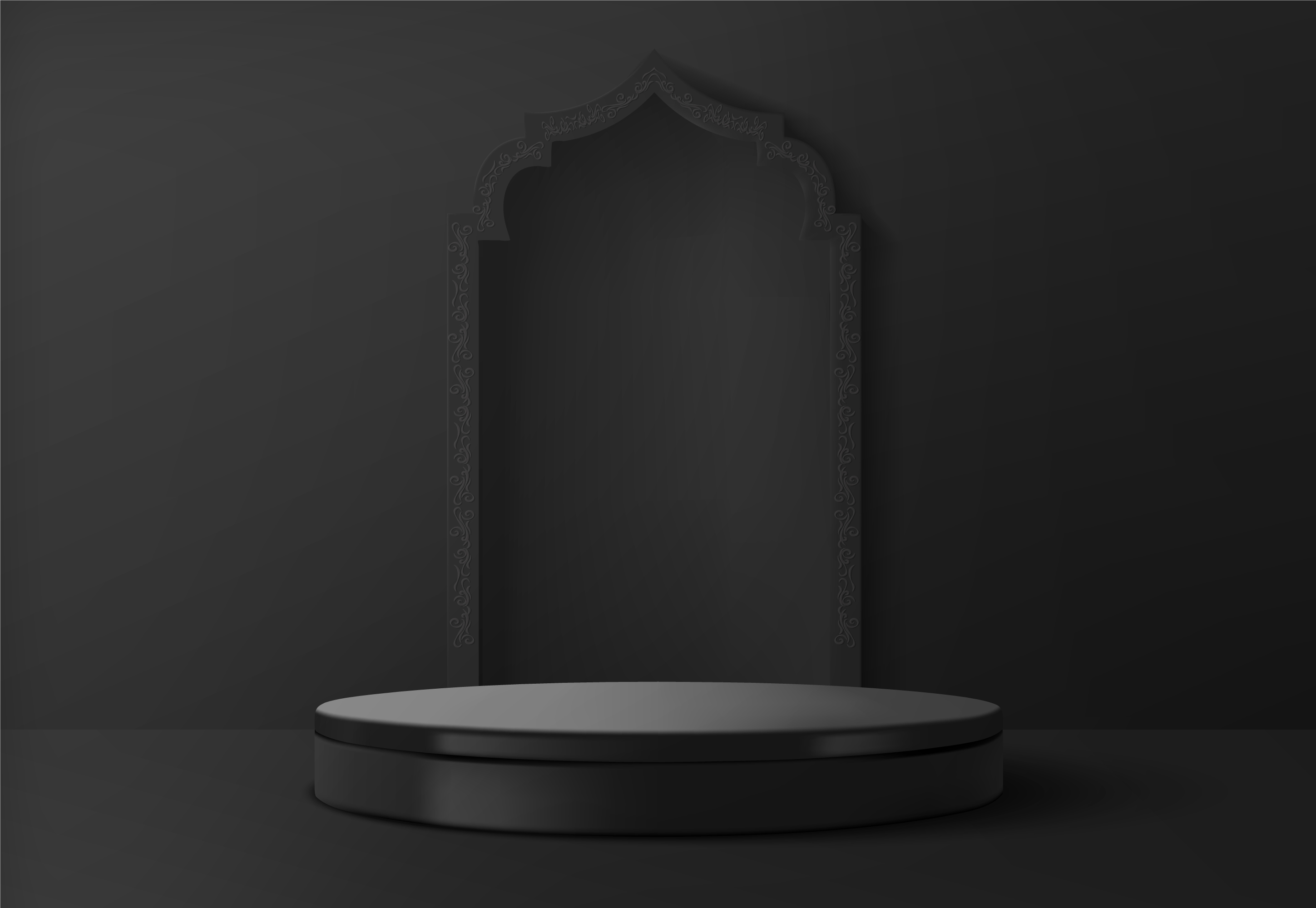
Using a simple white backdrop like a sweep or infinity curve helps isolate the product and eliminate distractions. White backgrounds are popular for their clean, professional look that highlights the product. For a budget-friendly option, you can use white poster boards stretched across your table. Consider colored backdrops to enhance your product’s color scheme and add depth to your images.
Editing software
No matter how flawlessly you’ve captured your product, post-processing is an essential step in producing polished, ready-to-use images in a professional photography studio. While there is an array of editing applications available, Adobe Photoshop and Lightroom remain the gold standards in image processing software. Here’s a quick comparison of the two:
|
Feature |
Adobe Photoshop |
Adobe Lightroom |
|
Functionality |
Advanced photo manipulation with layered editing; Best for detailed retouching and composite images |
Streamlined photo editing and management; Best for color grading, cropping, and batch processing |
|
Learning Curve |
Steeper, requires practice and learning |
More user-friendly and intuitive |
|
Cost |
Paid monthly/annual membership |
Paid monthly/annual membership |
Take time to learn the basic functionalities of your chosen software to make the images look professional without going overboard with editing effects.
Different types of ecommerce product photography

Just as there isn’t a one-size-fits-all product, there isn’t a single photography style that does justice to all products. Depending on your product features, your target audience, and the platform you’re using, different types of product photography can come into play. We will delve into four main types; product on white background, lifestyle and in-context shots, detailed and macro shots, and group photos.
Product on white background
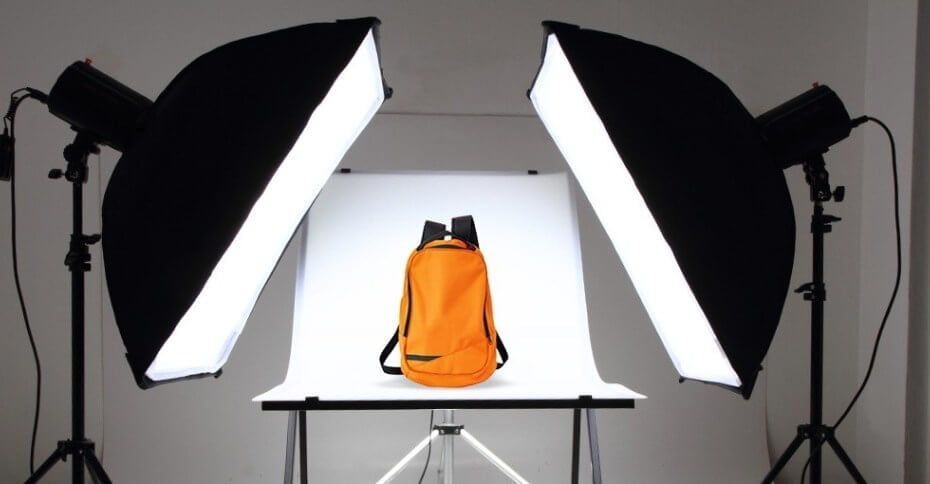
Product photography against a white background shots is simple and versatile, focusing solely on the product. This style eliminates distractions, making the product details stand out. It’s ideal for online catalogs, listings, and social media ads, providing crisp and minimalistic imagery. Achieving a perfect white background requires skill in balancing lighting to avoid overexposure of the product while keeping the background pure white.
Lifestyle and in-context shots
Lifestyle shots offer a narrative perspective, showcasing products in everyday scenarios. They help customers envision product use on your product pages and provide a relatable touch. For example, a coffee mug can be shown on a bedside table with a book for a cozy morning setting. These images also highlight product scale by including familiar elements for size comparison. Social media platforms, especially Instagram, are perfect for sharing engaging lifestyle images that tell stories.
Detailed and macro shots
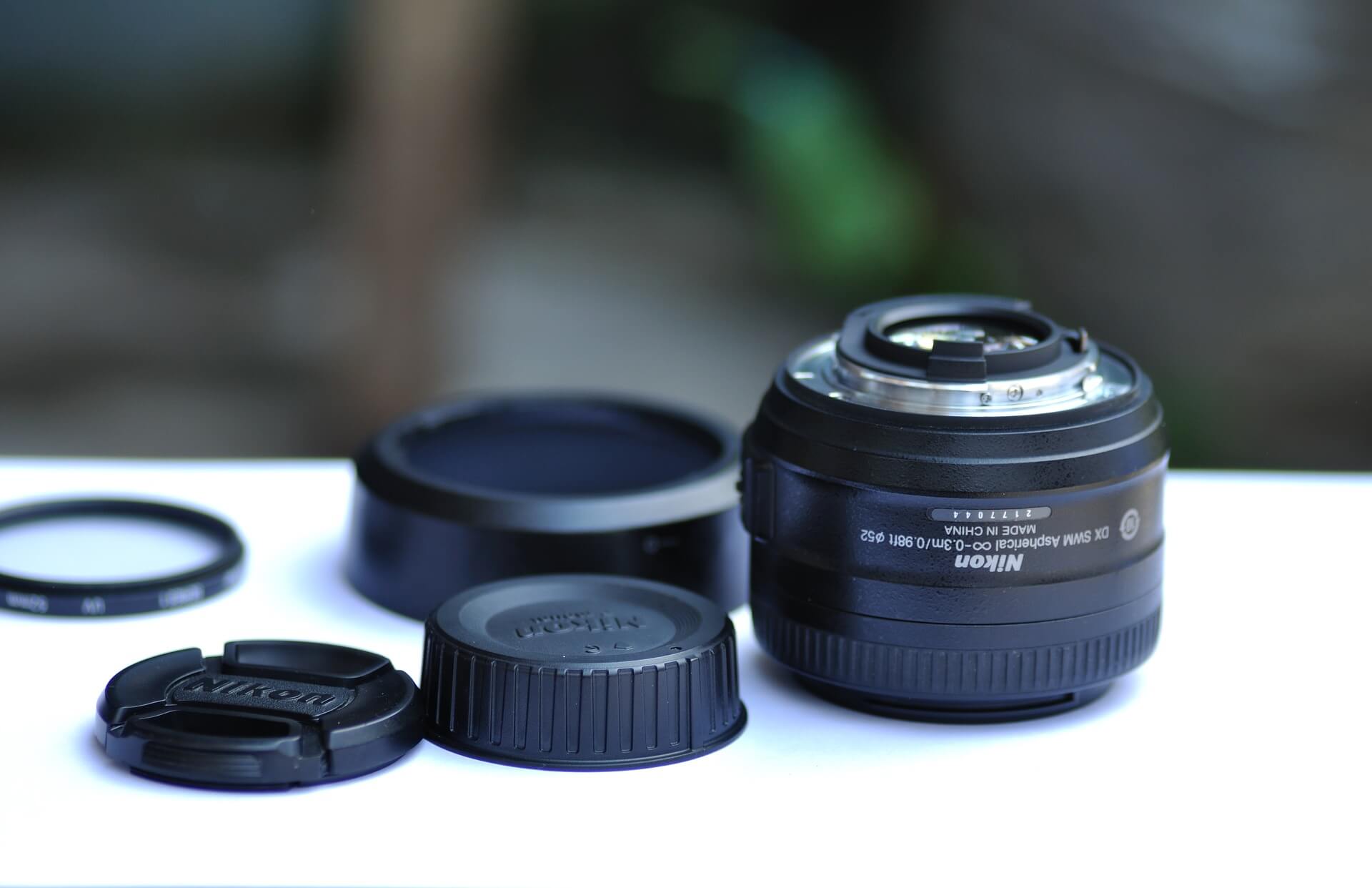
To compensate for the missed in-store ‘touch and feel’ experience, detailed or macro shots focus on highlighting intricate features or unique aspects of your product. They offer a closer look, detailed view, demonstrating the product’s quality and workmanship, essential for high-quality items or those boasting unique features. For instance, if you’re selling handmade jewelry, detailed shots can highlight the precision and quality of the craftsmanship. Or, if you’re marketing electronic devices, detailed photographs can help showcase various ports or button functionalities.
Group photos
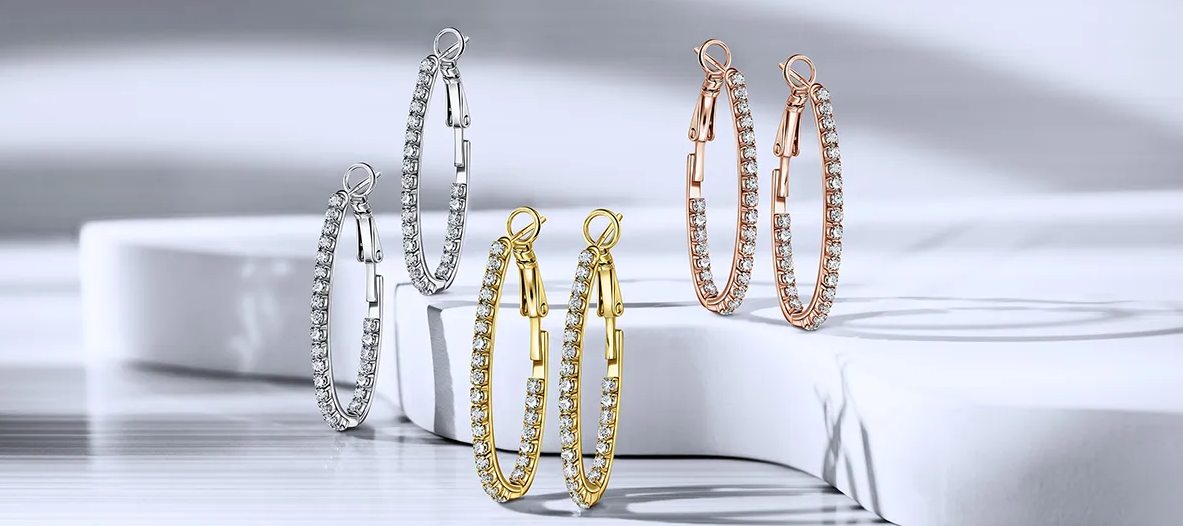
If you have a range of similar products or different color variants of the same product, group photographs come in handy. This photography type aligns multiple products together to display variety or to illustrate their collective usage. For example, different colored shirts folded neatly and displayed together or a skincare product lined up showing the order of application. However, this doesn’t imply cramming all your products into one photo; it’s crucial to maintain focus and clarity.
Tips for Capturing High-Quality Ecommerce Photographs
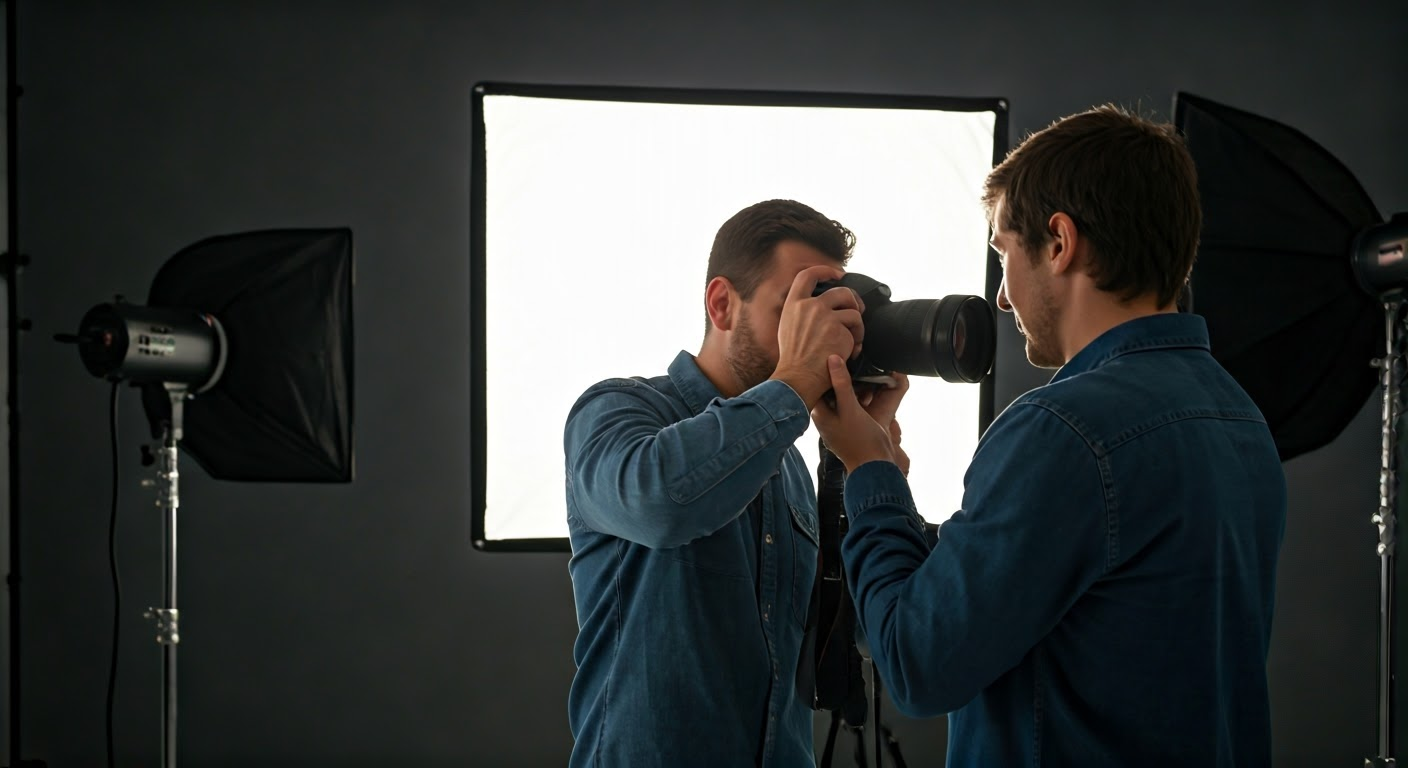
While having the right tools and understanding different photography types is important, mastering specific techniques can take your photography a notch higher. Here are some insightful tips to help you capture top-notch ecommerce photographs.
Set the optimal scene
Prepare the stage before using your camera. Choose the right environment – natural window light is soft but lacks control. A studio setup with adjustable lights offers more control. Adjust your camera settings to optimize the shot. Select a smooth, white background or experiment with colors that complement your product. Position your product centrally and straight. Make minor adjustments until everything looks aligned through the viewfinder. Assess your setup from different angles, aiming for eye level or slightly above for the best shot.
Use appropriate lighting
The right lighting enhances product details, features, and minimizes shadows. For natural light, position the setup away from direct sunlight for softer shadows. With artificial lighting, closer light sources provide softer light that wraps around objects. Use diffusers or umbrellas to adjust light intensity and direction. Try 45-Degree Lighting for balanced light and shadow or Backlighting for a silhouette effect. Aim to replicate the product’s natural look with your lighting. Incorporating an additional light source can further enhance the visual effect.
Multiple angles and focus stacking
Customers prefer seeing products from various angles. Capture different perspectives like frontal, side profiles, top-down view, flat lay, and close-ups to provide a comprehensive view. Consider using ‘focus stacking’ for small or intricate products. This technique involves merging multiple shots with varying focus points to enhance the overall product image.
Implement basic photo editing techniques
Post-production touch-ups, powered by AI tools, can enhance your product photos, no matter how accurate the original shot. Basic editing involves cropping, adjusting exposure and contrast, tweaking highlights and shadows, and ensuring color balance. Learning basic editing saves costs and gives you control over your images. Applications like Lightroom and Photoshop offer various editing options to perfect your images authentically without misleading customers or damaging brand credibility.
The Benefits of Professional Ecommerce Photography

An investment in professional ecommerce photography goes far beyond improving the visuals; it influences viewer perception, boosts conversions, and establishes your brand as an authority. Let’s delve into these benefits in detail.
Increased sales and conversions
Product images are crucial for ecommerce businesses, acting as your window display. High-quality product photos offer detailed views of your products, giving potential customers a digital touch-and-feel experience. This boosts shopper confidence, reduces hesitation, and drives purchasing decisions. Websites with exceptional product imagery often see higher conversion rates and increased order values, as quality photos speak volumes about the product’s value and quality.
Establish trust and brand authority
Ecommerce photography is vital for showcasing products and reflecting brand personality. High-quality images convey professionalism, establishing credibility and trustworthiness, especially crucial for new ecommerce ventures. Consistent product photos throughout your store create a unified shopping experience, reinforcing brand identity. This consistency extends to logos, color schemes, styling, and voice in descriptions. Professional ecommerce stores with top-notch photography are perceived as reliable and established, influencing visitor behavior positively—encouraging purchases, favorable reviews, and referrals.
Save time and resources
The blend of skill, equipment, and painstaking efforts in ecommerce photography, including fashion photography, would mean investing substantial time and resources if you decide to do it yourself. However, hiring a professional service eliminates that worry, freeing up valuable time to focus on your core business operations. A professional photography agency brings expertise, sophisticated tools, and effective workflows to the table—ensuring top-grade imagery within stipulated deadlines while alleviating the need for you to devote manpower or purchase expensive equipment.
Factors to Consider When Choosing a Photography Service
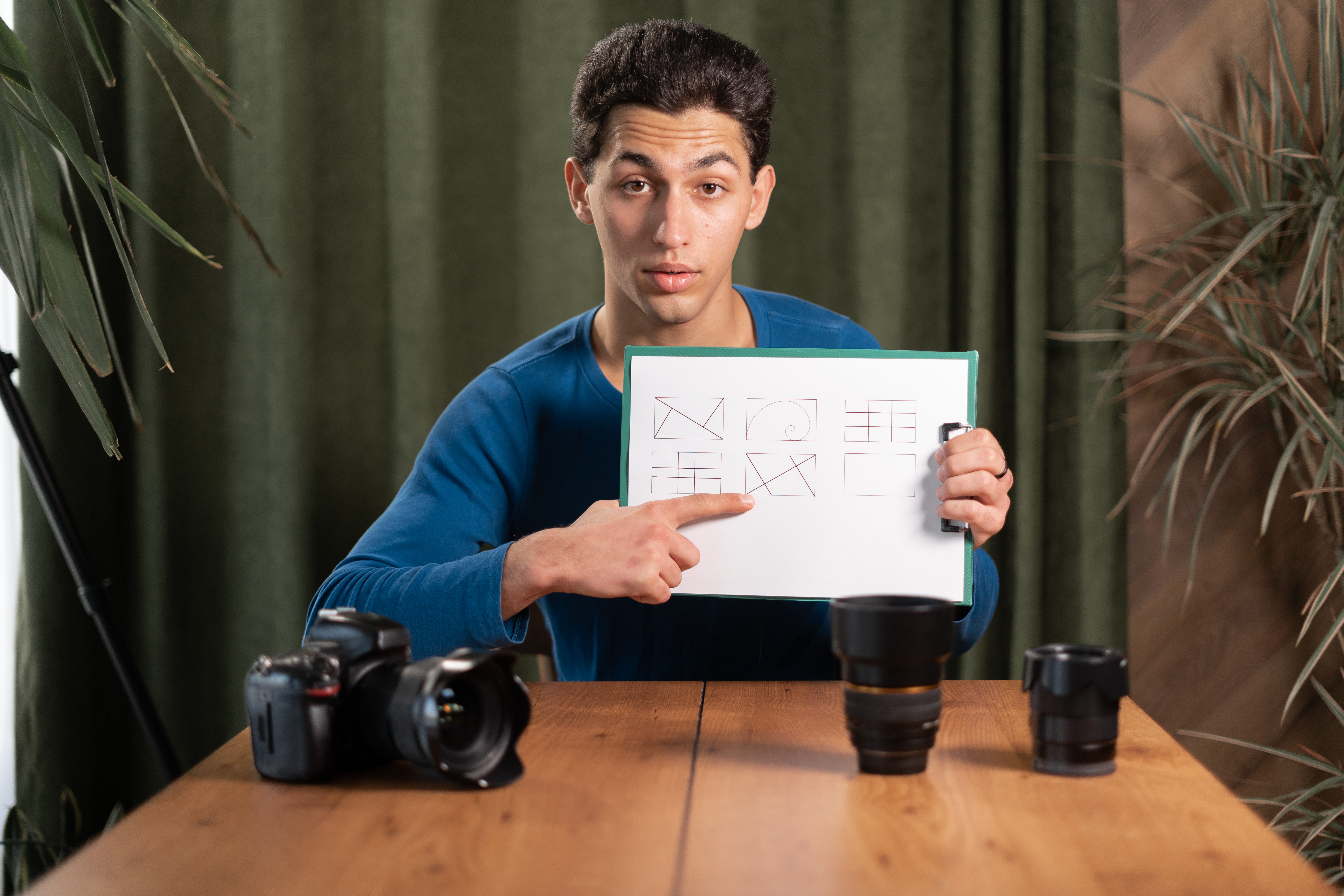
Ecommerce When choosing an ecommerce photography service, c photography can be a substantial investment, and therefore it’s crucial to scrutinize potential services thoroughly before making a decision. Three primary aspects that profoundly affect your satisfaction with their service include the agency’s experience and expertise, their pricing and turnaround time, and their comprehension of platform-specific guidelines for image upload.
Experience and expertise
Choosing a photography agency involves more than just price. Consider an agency’s experience, understanding of your product, budget constraints, and delivery timelines. Evaluate their portfolio to see their style and image quality. Ask if they have worked with similar products or businesses in your niche. Ensure they understand your target market and can visually represent your brand story effectively. Look for image-related suggestions aligned with current ecommerce trends when making your decision.
Pricing and turnaround time
While staying within budget is crucial, compromising on image quality for cost savings could impact your ecommerce success. Reputable photography services offer various pricing tiers to suit different needs and budgets. Check what’s included in the price, such as the number of images, edits allowed, background settings, and props usage. Timely delivery is vital, particularly during peak sales seasons when delays in product uploads can result in missed opportunities. Make sure the agency meets agreed timelines.
Platform guidelines and requirements
Each ecommerce platform maintains specific image guidelines that govern attributes like orientation, dimensions, file size, and resolution. Non-compliance with these norms could lead to image rejection or suboptimal display on the platform. Therefore, the photography service you choose should fully understand these image guidelines and ensure that the final images produced are in line with the platform’s needs. Specific platforms may have additional photographic stipulations like a white background or inclusion of certain product angles which the photographers must cater to.
The differences in Ecommerce photography for each platform
Whether running a Shopify store or selling on Amazon’s marketplace, optimizing your product photos to suit each of these platforms is pivotal. Unique features or selling points, target audience demographic, and even computing elements like thumbnail sizes or image zoom capabilities—all these factors might vary between platforms. Hence, the way your product is photographed needs to reflect this variability.
Master the Art of Ecommerce Photography with Flixstudio
Flixstudio is your ultimate destination for mastering the art of ecommerce photography. Whether you’re a professional photographer, aspiring model, or brand owner, our platform offers expert guidance on capturing powerful and dynamic product shots that elevate your online store’s visual appeal. Discover essential techniques, from lighting and composition to professional product styling, all designed to highlight your products with elegance and clarity. With Flixstudio, you can explore creative inspiration, stay updated with the latest trends, and refine your ecommerce photography skills to captivate customers effortlessly. Join us today and make every product shot unforgettable!
Conclusion
In the web-based retail ecosystem, consumer appeal is driven by visual experiences. Far removed from the physical touch-and-feel shopping encounters, ecommerce customers rely heavily on product images to make purchasing decisions. Hence, ecommerce photography stands as an indispensable element in your online business strategy. High-quality product photographs don’t just enhance the aesthetics of your online store; they boost conversions, magnify sales, and instill consumer trust and confidence. Whether you do it yourself or hire professionals, investing your time, effort, and hard work into creating eye-catching product images will contribute significantly to your ecommerce success.
Frequently Asked Questions
How can great ecommerce photography boost sales?
Great ecommerce jewelry photography enhances your product’s visual appeal, offers a tangible feel of your product, and allows viewers to make a well-informed decision about purchasing. By showcasing your product’s desirability through compelling imagery, it influences consumers’ buying behavior positively, leading to higher conversions and sales.
Can I do ecommerce photography myself or should I hire a professional?
While a DIY approach can be cost-effective, it demands considerable time, effort, learning, and equipment investment. If lacking in any of these or if scaling your product portfolio, it might be worth investing in a professional service, offering expertise and consistent high-quality images.
What are the typical costs associated with ecommerce photography services?
The cost would depend on the agency’s reputation, your requirement intensity, turnaround times, special shooting needs, etc. Typically, professional ecommerce photos can range anywhere from $30 to $60 per image. Always clarify what’s included in the quoted price to avoid misunderstandings later.

